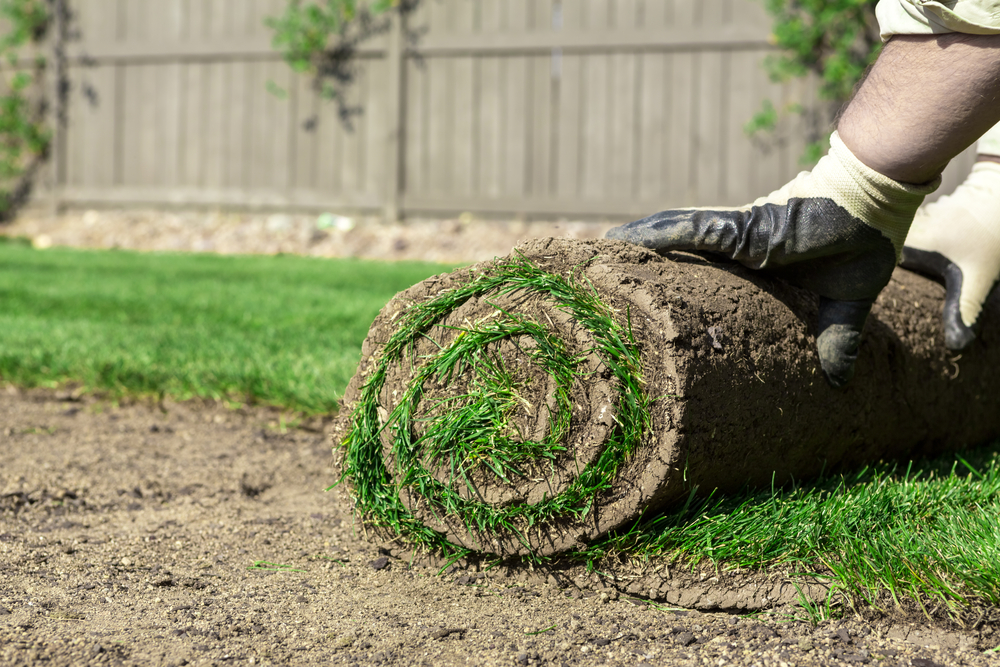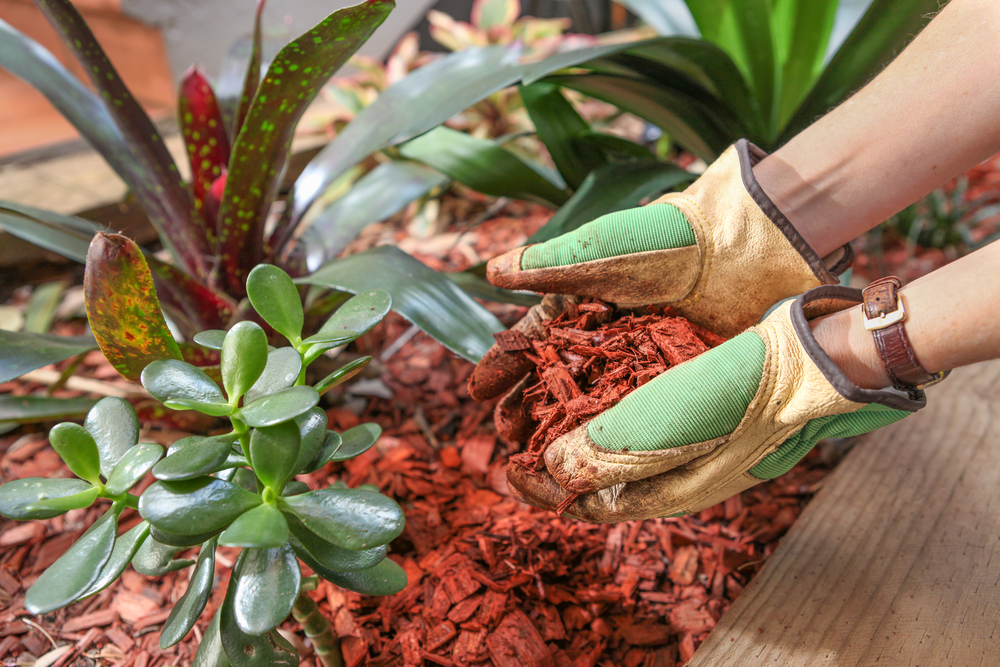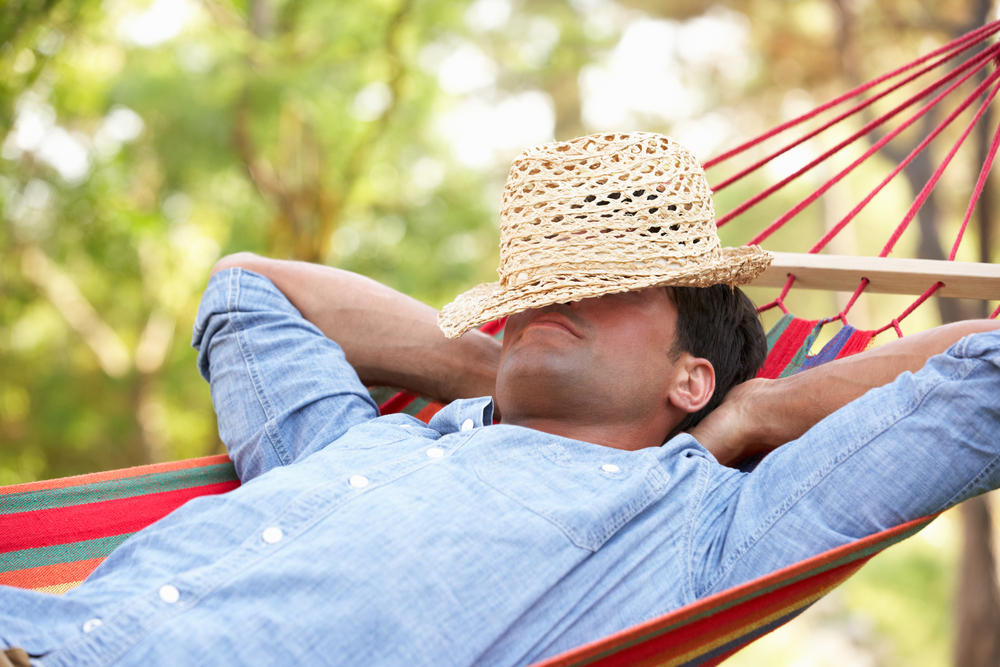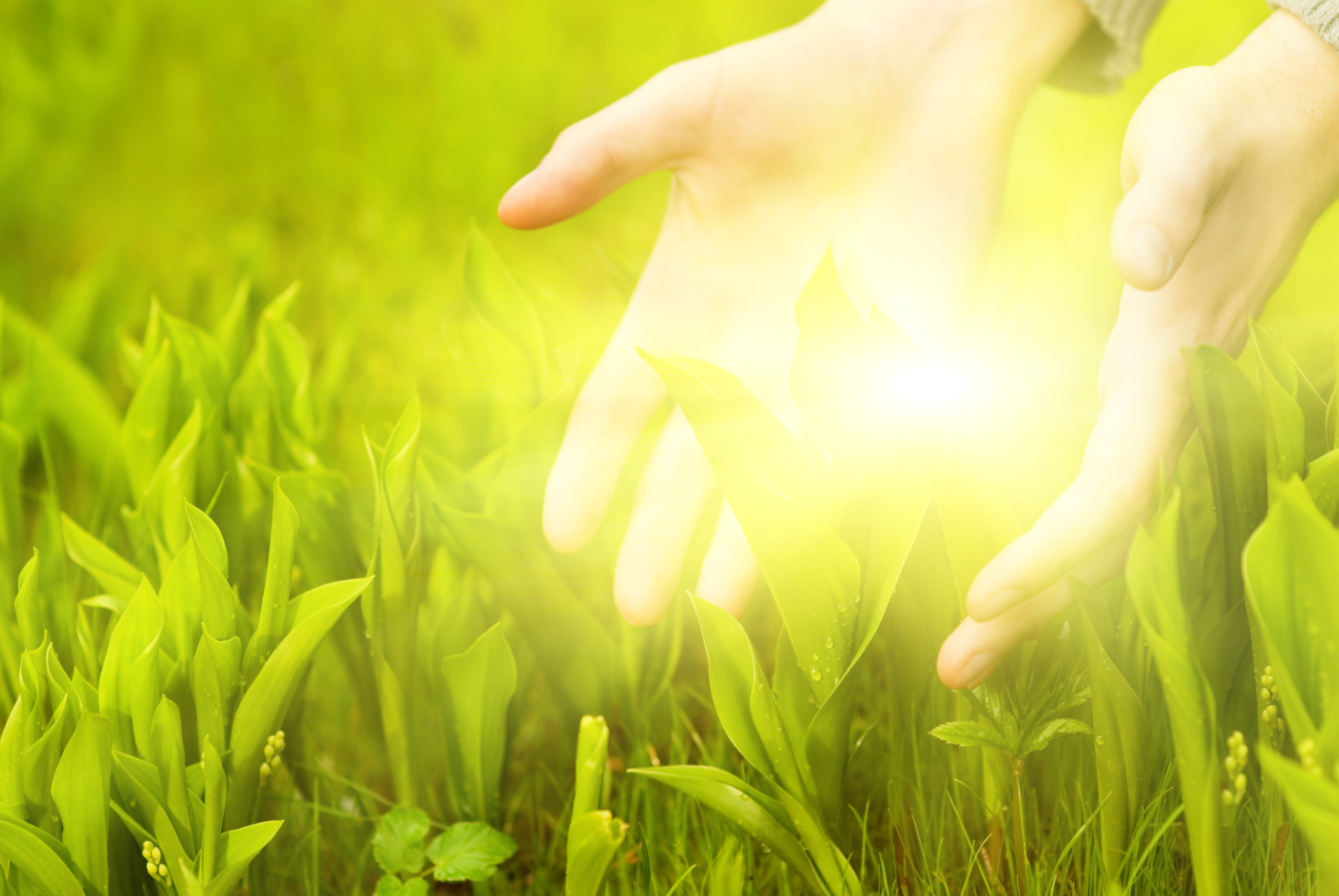Synthetic grass for landscaping and recreation is growing 10% to 15% a year in the U.S. A lot of people are turning to turf grass to achieve an ascetically greener lawn, but is it a good idea? Turf grass does not have to be watered, mowed or fertilized. Which can be seen as a nice investment. It limits the need to be taken care of, especially when you live in a dry climate. Most synthetic grass is made of nylon, polypropylene or polyethylene.
Purchasing turf can seem like the end to constantly grooming your lawn. On average artificial grass can be from $7 to $23 per square foot. Although, you won’t have to care for it for up to 25 years. In comparison, real grass has to be cared for, which include numerous products and resources that could cost a lot. Turf grass is also more environmentally friendly. Real grass has to mowed, which releases air pollutants. Also mowers are pretty noisy, contributing to noise pollution. Most people do not like the idea of having synthetic grass in their yard, because it doesn’t feel like natural grass even though it look a lot like it.
When considering turf over real grass, you should consider what do you want out of your lawn. Do you want to purchase turf purely for visual purposes or for environmental reasons or maybe for maintenance reasons. Whatever it may be, make sure you research and prepare for a large investment.





